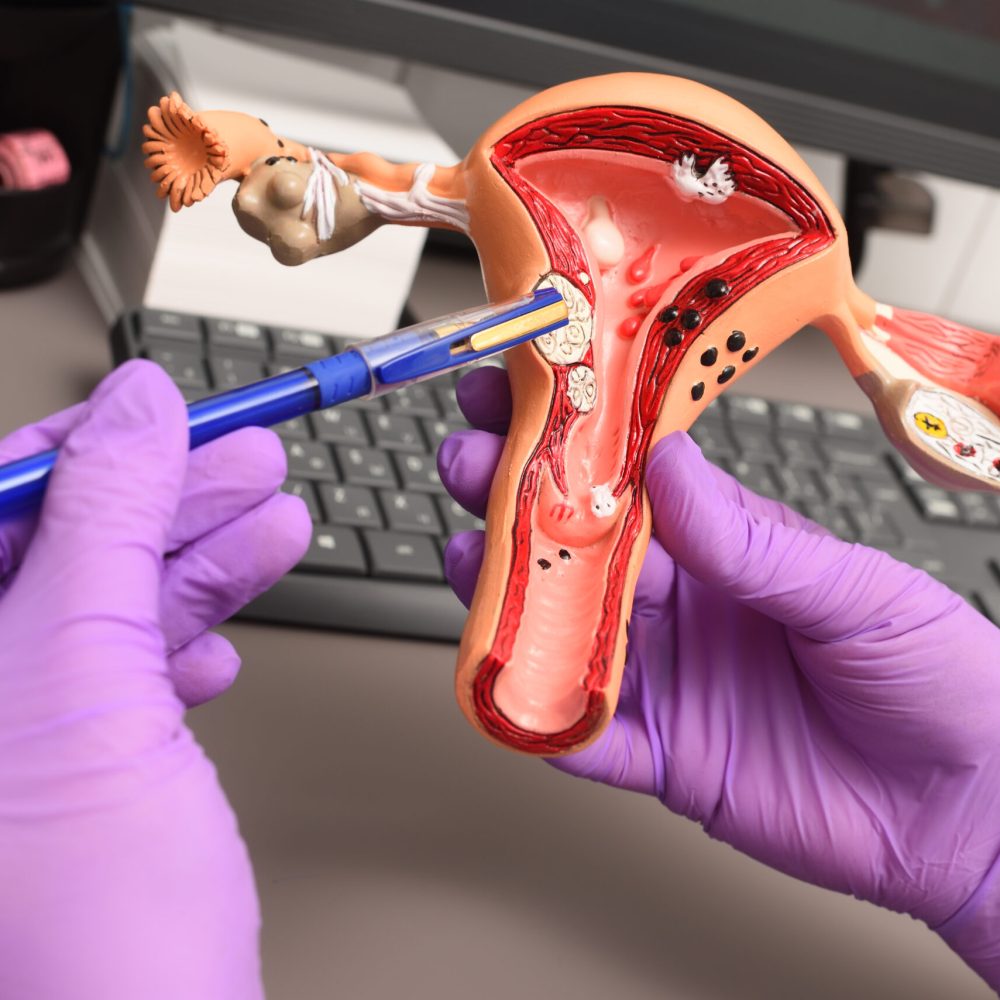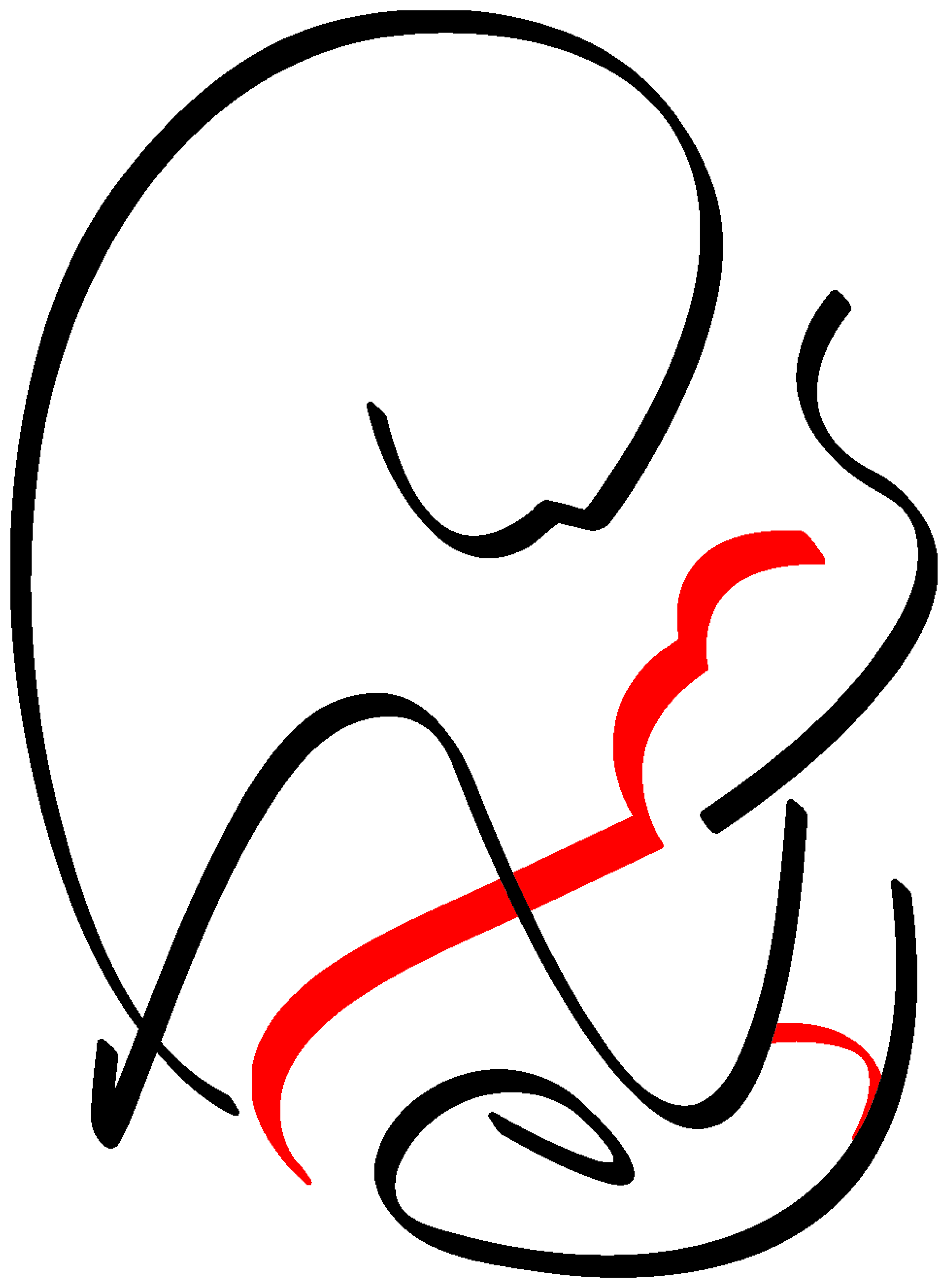
Hysterectomy
This is the process where the uterus is removed out by surgery. It may be done to treat uterine fibroids, endometriosis, adenomyosis, pelvic inflammatory disease or cancer, among other conditions.
Gynaecological Treatment Proficiency
Expert treatment, fostering every part of womanhood and empowering gynaecological care."
Oophorectomy
It is a surgery in which either one or both ovaries are taken out. It might be done in order to treat ovarian cysts, endometriosis or cancer, among several other conditions.
Salpingectomy
It is a surgery that takes out one or both of the fallopian tubes. It can be done as a permanent way to stop pregnancy or for other reasons like a blocked tube or pregnancy in the tube, endom+ triosis, PID.
Laparoscopy
It is a procedure that is minimally invasive that checks at the uterus, ovaries and fallopian tubes among other organs in the pelvis. For example, endometriosis, fibroids or ovarian cysts may all be diagnosed using this procedure.
Myomectomy
It is a type of surgery performed to remove fibroids from the uterus. Open incisions or minimally invasive techniques like laparoscopy can both be used to carry it out.
Reduced Sperm Count: Causes and Solutions
Lower sperm count, also known as oligospermia, is a condition in which the amount of sperm in a man’s semen is beneath the normal range.
Frequently Asked Questions
A hysterectomy is a surgery that removes the uterus of a woman. In addition, it may involve the removal of the cervix, ovaries and fallopian tubes.
A hysterectomy may be recommended for uterine fibroids, endometriosis, adenomyosis, uterine prolapse, abnormal vaginal bleeding, chronic pelvic pain and some types of cancer.
The surgical removal of one or both ovaries is known as an oophorectomy.
Ovarian cysts, cancer, endometriosis and polycystic ovary syndrome (PCOS) are some of the conditions that may prompt a doctor to recommend an oophorectomy.
A salpingectomy is a surgery that takes out one or both of the fallopian tubes.
A salpingectomy may be recommended for ectopic pregnancy, cancer of the fallopian tube or to prevent ovarian cancer in women who have a high risk of getting it.
The uterus is left intact after a myomectomy, a surgical procedure that removes uterine fibroids.
Myomectomy might be suggested for women with painful fibroids who want to keep their fertility or uterus.
Colposcopy is a procedure that uses a special tool called a colposcope to look at the cervix, vagina and vulva.
A colposcopy may be suggested if the results of a woman’s Pap test are abnormal or if the cervix or vulva look different than usual.
Laparoscopy is a type of minimally invasive surgery in which a thin, lit tube called a laparoscope is used to look at the organs in the abdomen and pelvis.
Laparoscopy may be recommended to diagnose and treat endometriosis, remove ovarian cysts or carry out a tubal ligation (permanent birth control), check tubal patency.
A hysterectomy with bilateral salpingo-oophorectomy is a surgery that removes the uterus, cervix, fallopian tubes and ovaries.
Hysterectomy with bilateral salpingo-oophorectomy may be recommended for a number of reasons, including the treatment of gynaecological cancer, the prevention of gynaecological cancer in women at high risk and the treatment of noncancerous conditions such as endometriosis or uterine fibroids.
